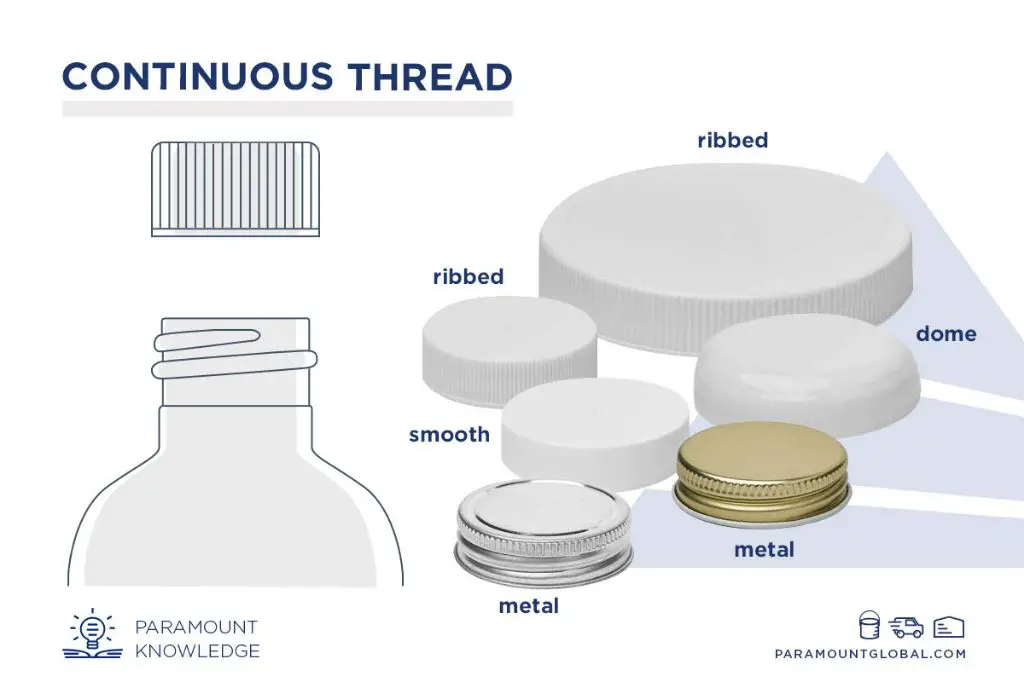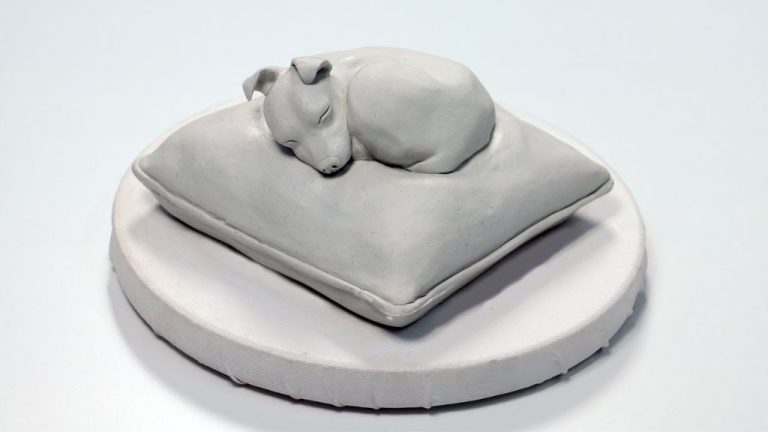What Is The Rule For Pillow Covers?
A pillow cover, sometimes called a pillowcase, is a removable fabric envelope that slips over a pillow or pillow form to provide protection and add decorative style. Pillow covers allow for easy laundering and replacement when worn, soiled, or to change decor. This article will provide a comprehensive overview of pillow covers, including their function, common materials, closure types, sizing, care, design options, cost considerations, and sourcing tips.
Function
Pillow covers serve several important functions when used with pillows. First and foremost, they provide a protective barrier between your pillow and pillowcase that helps keep the pillow cleaner and extend its lifespan. Pillow covers are usually made from materials like cotton, polyester, or microfiber that protect against dust mites, allergens, body oils, and moisture that can degrade pillows over time.
Pillow covers also help protect pillowcases from becoming stained or yellowed from skin oils, drool, makeup, hair products, and other contaminants. This allows pillowcases to stay fresher and last longer before needing to be washed. The impermeable fabric of most pillow covers blocks moisture, allergens, and dust mites from passing through to the pillow itself.
In addition to protection, pillow covers can provide decorative appeal. Some pillow covers feature zippers, piping, or contrasting colors/patterns to coordinate with your bedding and decor. Using a stylish pillow cover allows you to easily change up the look of your bed without buying all new pillows and cases. Premium materials like silk can also make pillow covers a luxurious accent.
So in summary, pillow covers mainly function to extend pillow lifespan, maintain pillow cleanliness, protect pillowcases from stains, and optionally add decorative flair. Their protective abilities make pillow covers a recommended bedding accessory for most people.
Common Materials
Pillowcases come in a variety of fabrics, with cotton, polyester, linen, silk, and flannel among the most popular choices. Each material has its own properties and benefits.
Cotton is one of the most common pillowcase fabrics. It is breathable, helps absorb moisture, and feels soft against the skin. Cotton pillowcases range from basic muslin to luxury Egyptian cotton with a high thread count for extra softness. According to Villacotton.com, cotton is a natural temperature regulator that stays cool in summer and warm in winter.
Polyester pillowcases are smooth, durable, and wrinkle resistant. As noted on Weavvehome.com, polyester pillowcases are easy to care for since they can go in the washer and dryer. However, polyester does not breathe as well as natural fibers.
Linen pillowcases have a casual, rumpled texture and keep sleepers cool by wicking away moisture. Like cotton, linen is breathable and absorbs sweat. Linen softens over time but starts out stiffer. Some people find linen pillowcases help reduce facial wrinkles and hair breakage.
Silk pillowcases feel ultra-smooth and soft on skin and hair. The slippery surface of silk prevents facial creasing from sleep. Silk does not absorb moisture well, but the cool feeling can help regulate temperature. The main drawback of silk is the delicate care required – silk pillowcases must be hand washed or dry cleaned.
Flannel pillowcases provide soft warmth in colder weather. As Weavvehome.com explains, the brushed surface of flannel traps heat. The cozy fabric helps keep you warm on chilly nights. Flannel does absorb moisture better than silk or polyester.
Closure Types

The most common types of closures for pillow covers include:
Envelope Closure
An envelope closure looks like an envelope, where one side is left open for inserting the pillow. This style is simple and easy to make. The open side usually has an overlap to neatly enclose the pillow.
Zipper Closure
A zipper closure allows you to completely seal up the pillow inside the cover. The zipper can run vertically along one side or horizontally along the bottom. It provides a smooth, neat look and keeps the pillow firmly enclosed.
Buttons
Sewing buttons onto one side of the pillowcase allows it to be opened and closed for inserting the pillow. Spacing buttons evenly apart creates an ornamental look. This also allows the pillow to be aired out easily.
Ties
Long fabric ties sewn onto the corners or edges of the pillow cover allow you to tie the case closed. This gives a more rustic, shabby chic look to the pillow’s design.
The type of closure is an aesthetic choice that depends on the overall style and purpose of the pillow. Envelope closures offer the simplest pillow cover construction while zippers and buttons provide more decorative options.
Recommended Sizes
When selecting the proper size pillow cover, it’s important to consider the dimensions of your pillow. Here are some of the most common pillow sizes and the recommended cover dimensions:
For a standard size pillow, which is typically around 20″ x 26″, a cover size of 20″ x 30″ is recommended to allow for a snug fit. This source notes that a standard size pillow with a cover 2-4 inches longer helps keep the pillow in place.
A queen size pillow is usually around 20″ x 28″. For this size pillow, a cover measurement of 20″ x 30″ or 20″ x 32″ is recommended. According to Casper, allowing for some extra length helps the queen pillow stay inside the cover.
King size pillows measure around 20″ x 36″. A good king pillow cover size is 20-22″ x 38-40″. The extra width and length accommodate the oversized pillow while providing a tailored look.
Knowing the standard pillow dimensions allows you to select a properly fitting cover that stays secure and enhances the look of your bedding.
Care Instructions
Proper care is important for maintaining the quality and appearance of pillow covers. Most pillow covers can be machine washed in cold water using a gentle detergent or laundry soap. Check the care label for specific instructions. According to Martha Stewart, set the washing machine to a delicate cycle and wash pillow covers separately or with other delicate items [1].
If pillow covers have zippers, fasten them closed before washing to avoid potential damage. Wash with similar colors and avoid bleach. Tumble dry on low if the fabric allows machine drying or air dry. To freshen pillows between washes, spot clean stains and febreathe them with a fabric refresher spray. Iron covers on a low setting if needed.
For decorative pillow covers that are not machine washable, spot clean any stains and vacuum occasionally with a soft brush attachment. Freshen up the pillows by placing them outside on a breezy day. Pillows stuffed with down or feathers can be professionally laundered. Refer to the care instructions for washing recommendations. With proper care, pillow covers will retain their beauty and last longer.
Design Options
When choosing a pillow cover, there are many design options to consider. Some of the most popular trends for 2024 include:
Organic and natural styles like linen or cotton with neutral earth tones and minimal patterns.
Bold and graphic prints with bright colors and geometric or abstract patterns.
Nostalgic vintage looks featuring floral prints, paisleys, and retro color palettes.
Textured materials such as velvet, corduroy, wool, and faux fur add depth and dimension.
Novelty and conversational pillows with funny sayings, emojis, or trendy phrases.
Themed pillows around hobbies, pets, holidays, seasons, and locations for a personalized touch.
Mixing and matching solids, patterns, textures, and themes allows for an eclectic, collected look over time.
Customizing pillows with monograms, names, photos, or meaningful text is also a popular option.
With endless colors, prints, and materials to choose from, pillow covers provide an easy and affordable way to refresh your home’s style.
Pricing
The price of pillow covers can vary greatly depending on the fabric, size, and design features. Here is an overview of typical price ranges:
For standard cotton pillow covers, prices usually range from $5 to $20 at large retailers like Walmart[1] and Amazon[2]. These covers come in basic colors and patterns.
For covers made of more premium fabrics like velvet or silk, expect to pay $20 to $50 from specialty décor brands. These often have more ornate designs and details.
Custom-made pillow covers can be $30 to $100+ depending on the fabric and complexity of the design. Hand embroidery and other embellishments will be at the higher end.
Vintage and antique pillow covers tend to be the most expensive, ranging from $50 up to several hundred dollars depending on age, condition and collectability.
So in summary, most standard cotton pillow covers fall in the $5 to $20 range, while more high-end materials and custom designs run $30+. Vintage covers can cost over $100.
[1] https://www.walmart.com/browse/home/pillowcases/4044_539103_5055527_9280424
[2] https://www.amazon.com/pillow-covers/b?ie=UTF8&node=3732341
Sourcing Tips
There are a few places that offer a wide selection of pillow covers at reasonable prices:
Target is a popular shopping store that carries a range of pillow covers in various sizes, materials, colors and patterns. They offer convenient online shopping as well as in-store pickup options.
Online retailers like Amazon, Wayfair and Overstock have a huge selection of pillow covers at affordable prices. Shoppers can filter by size, material, style, color, and price range for convenience.
For custom-made pillow covers, Etsy artisans offer personalized designs, monograms, unique fabrics, and custom sizing. This allows for a one-of-a-kind pillow cover to match specific home decor.
In summary, standard pillow covers are readily available both online and in retail stores for convenience and affordability. For specialty sizes or custom designs, online artisans offer personalized customization.
Conclusion
When choosing and using pillow covers, the most important considerations are suitability for the pillow size, quality of materials and construction, ease of use with the closure type, and proper care and cleaning methods to increase longevity. By following the recommended sizing, choosing durable and comfortable materials, opting for easy closures, and washing according to care instructions, pillow covers can protect pillows, extend their usable life, and provide a decorative element to bedrooms and lounges. High quality, well-fitting pillow covers that match your style preferences are a simple way to add comfort and aesthetic appeal to your sleeping and relaxation spaces.





